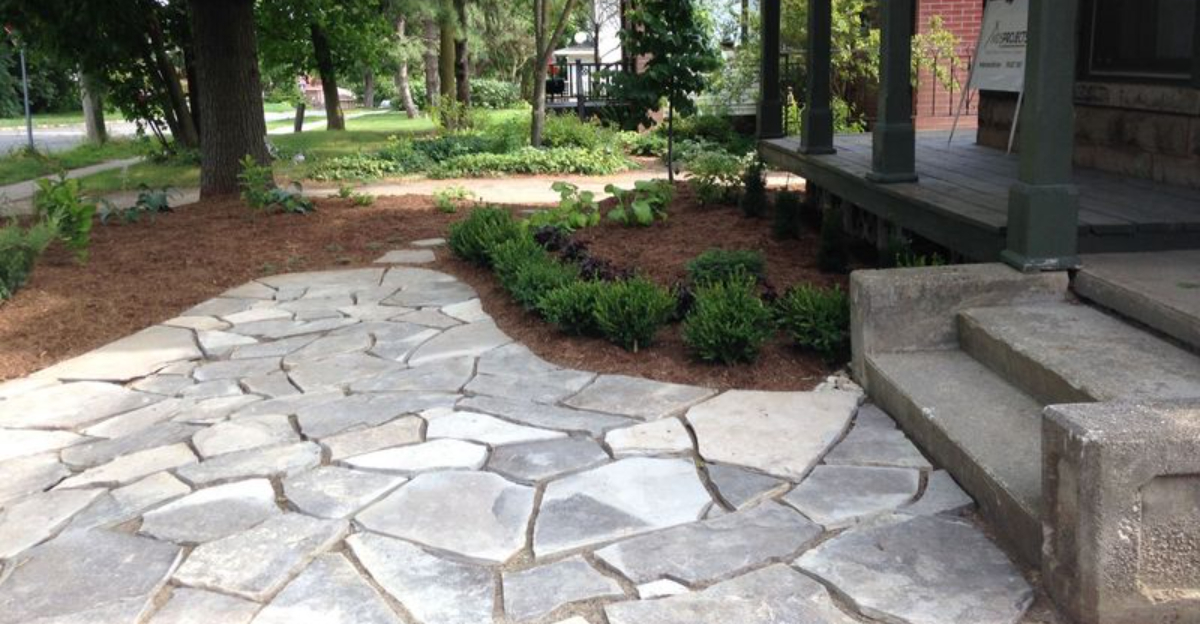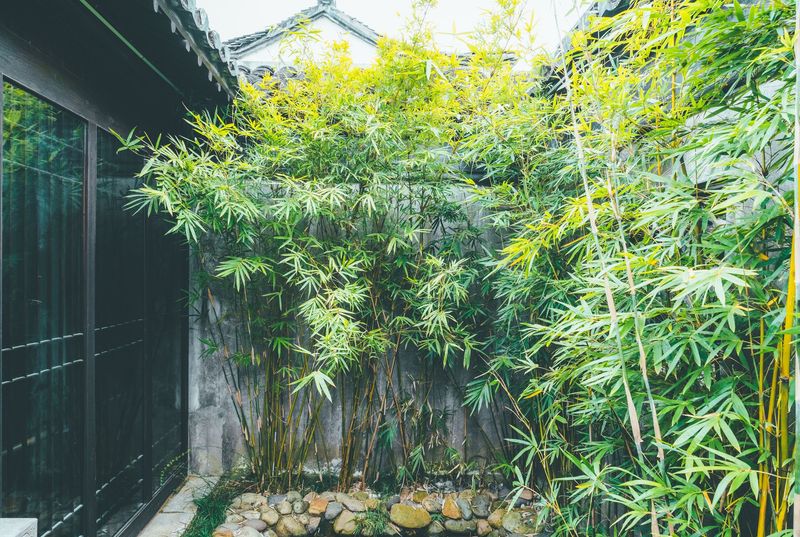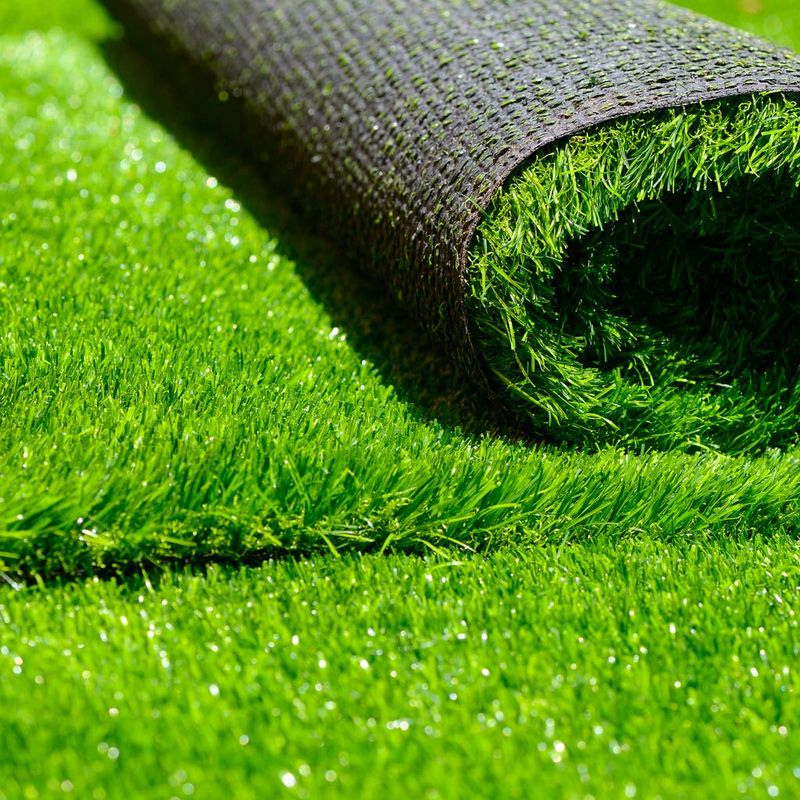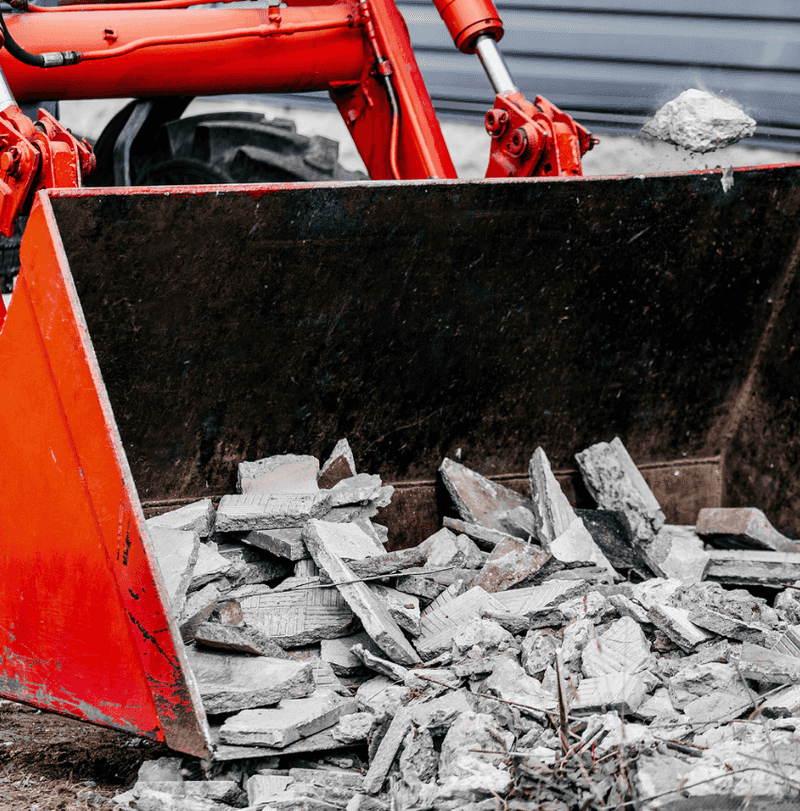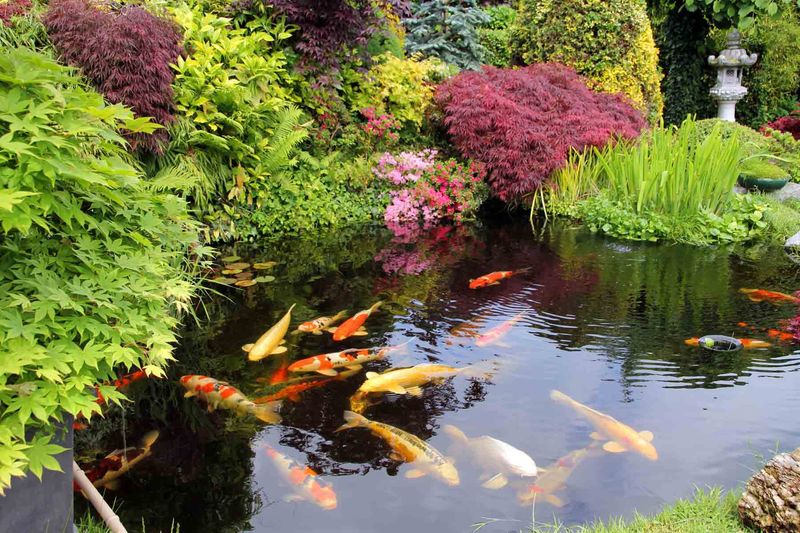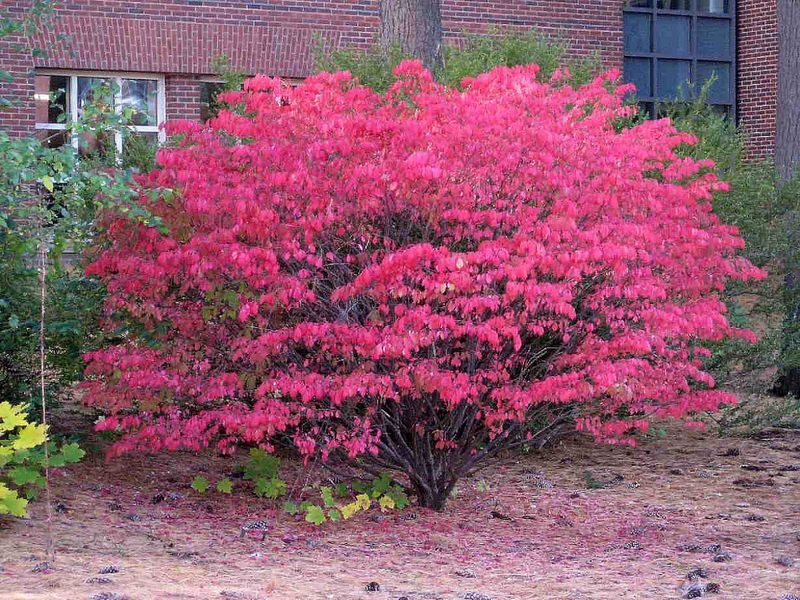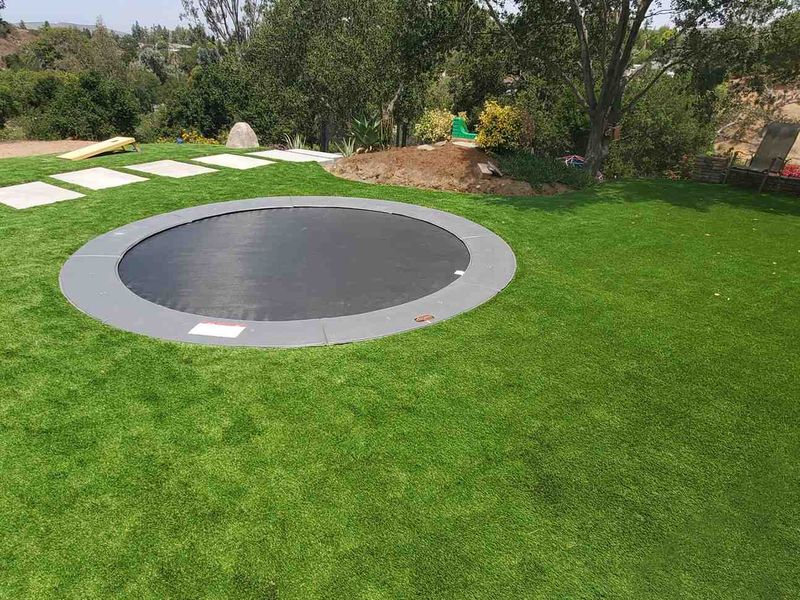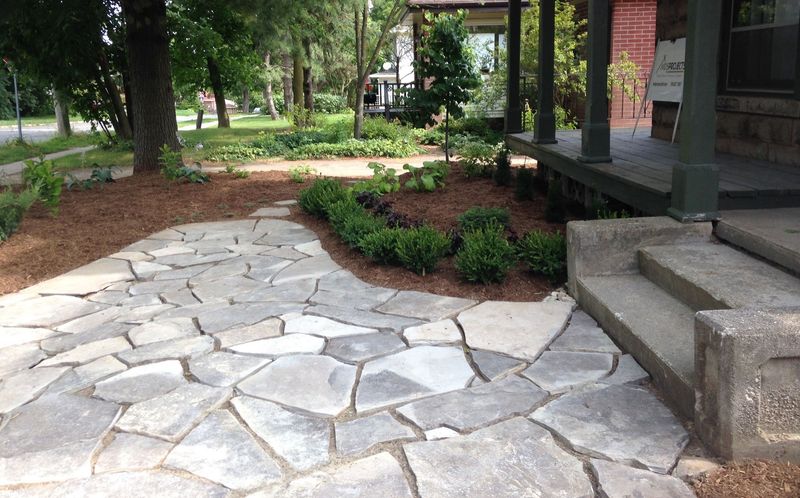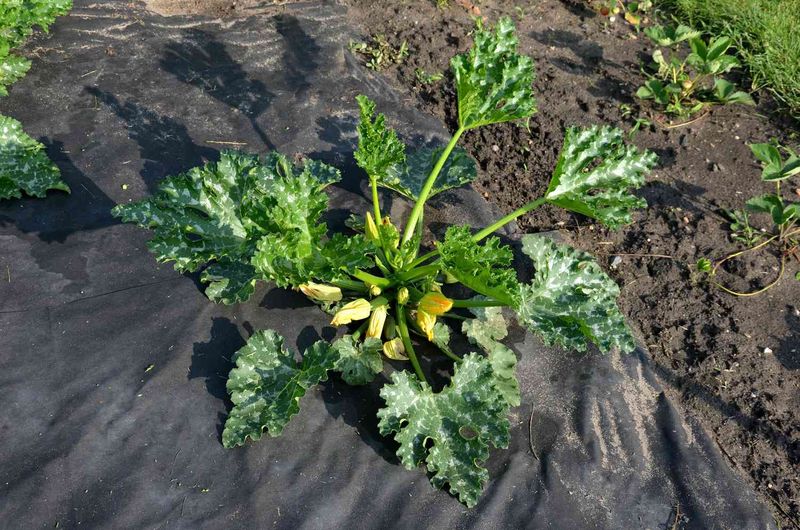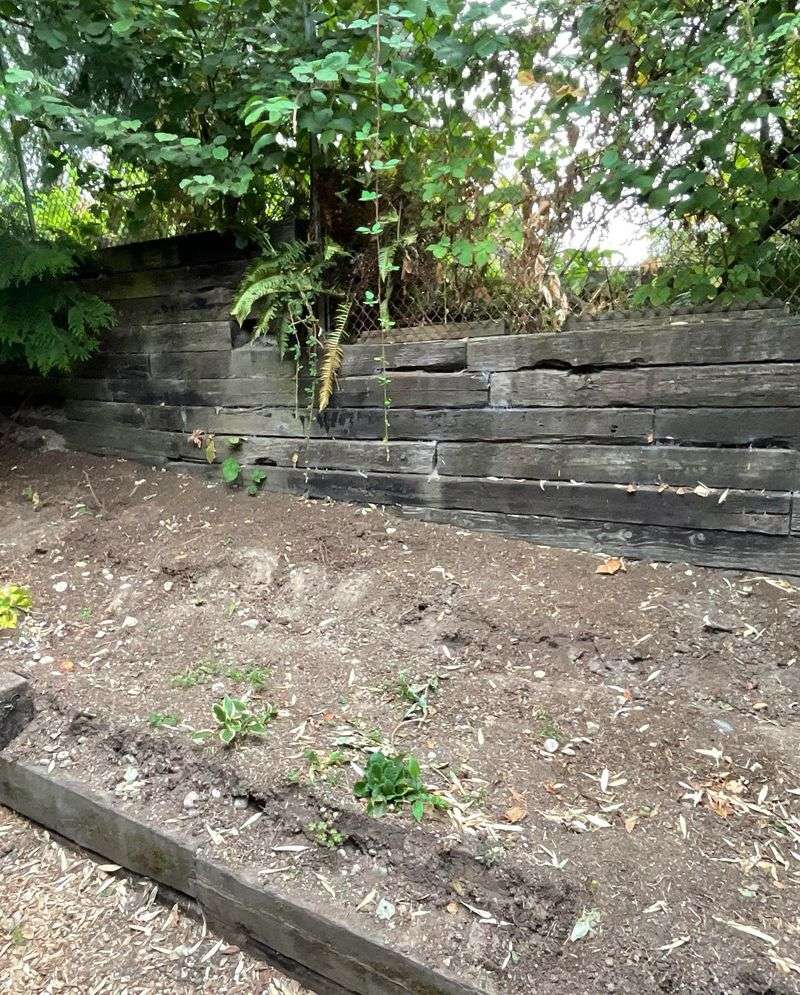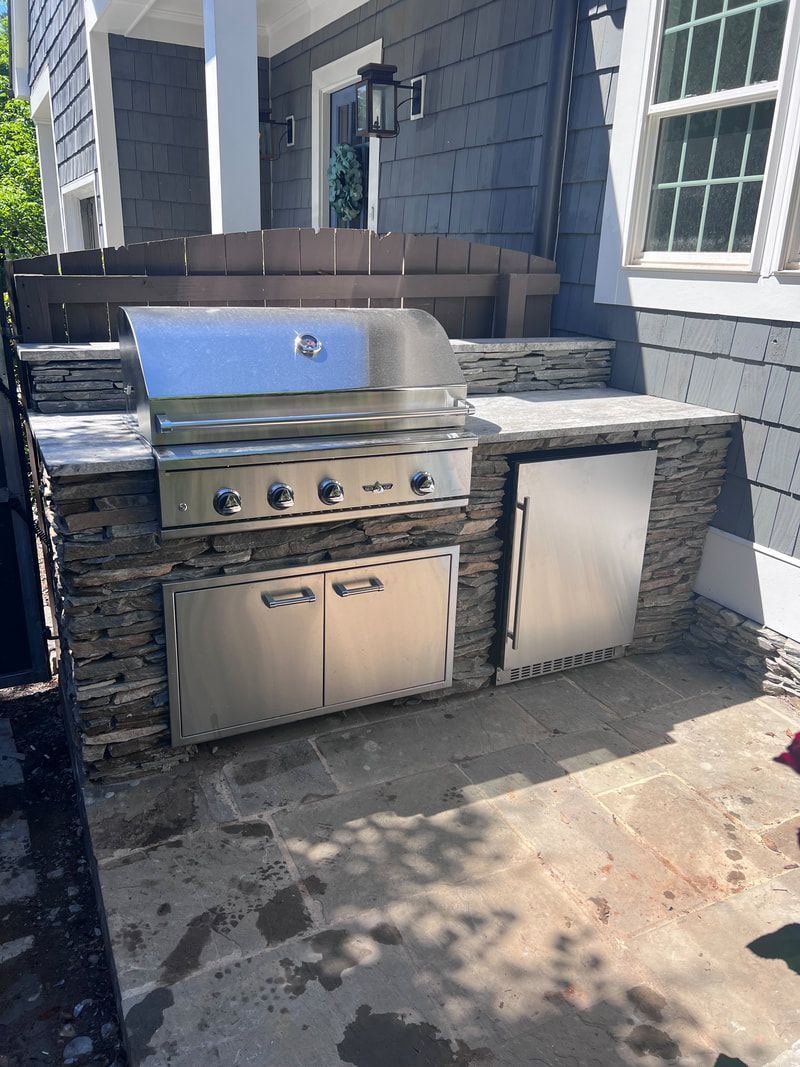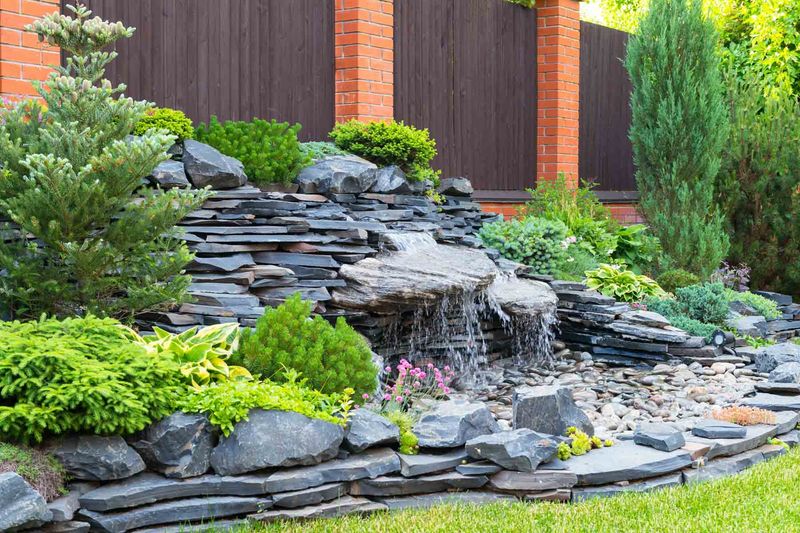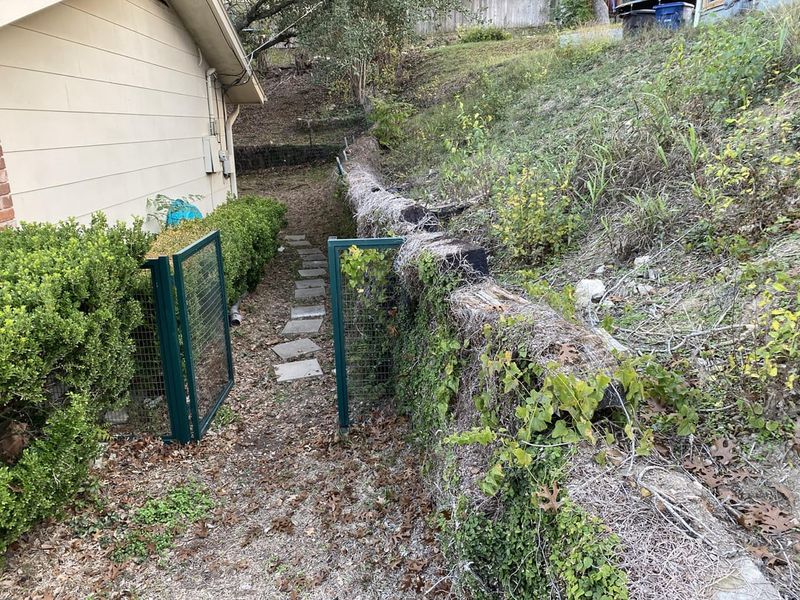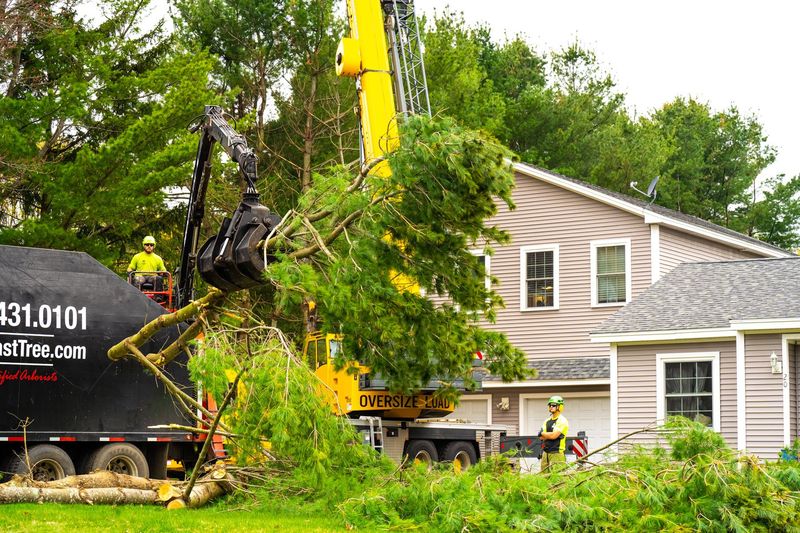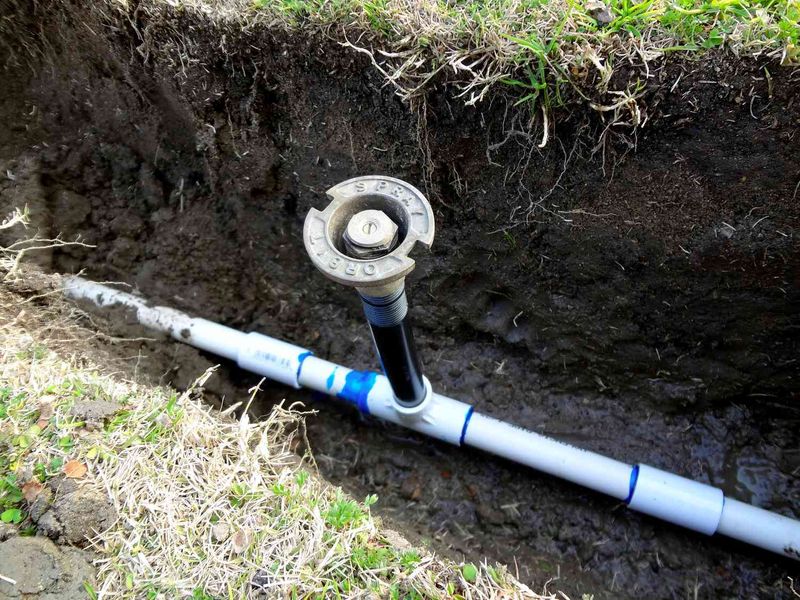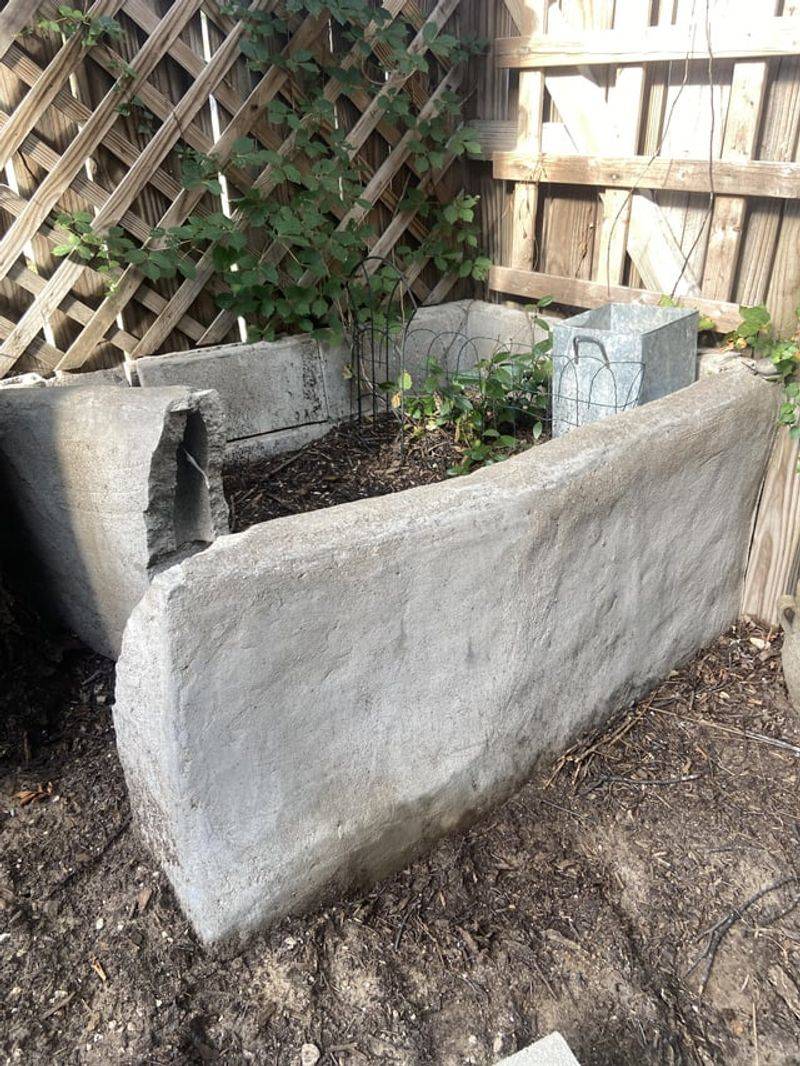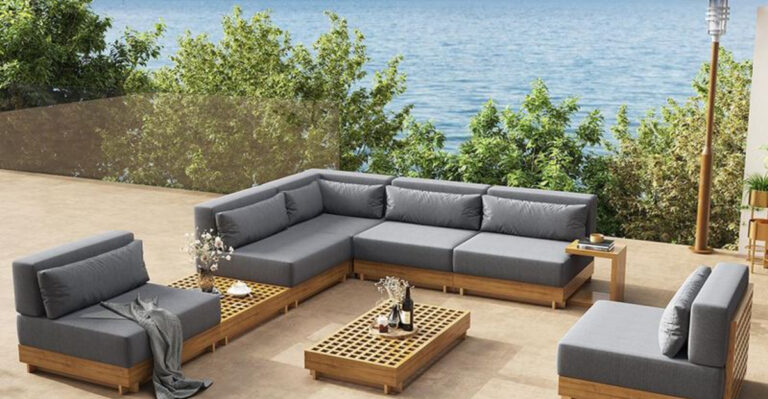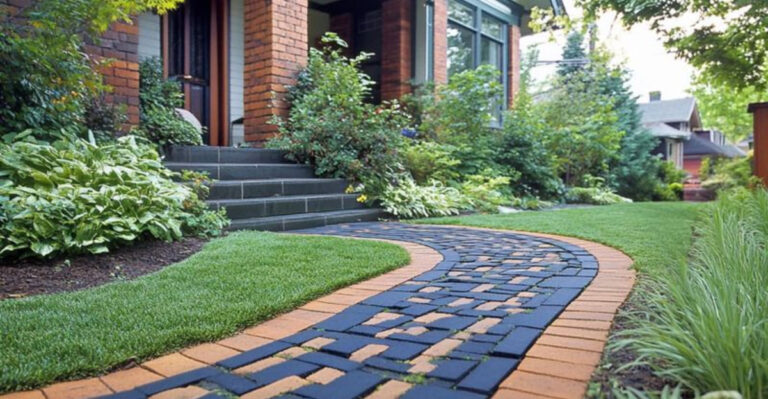16 Landscaping Trends That Could Cost You Thousands To Undo
Ever wondered if that trendy landscaping project might become tomorrow’s expensive headache?
While it’s fun to follow the latest outdoor design crazes, some popular choices can lead to major problems down the road.
These seemingly innocent landscaping decisions might look great on Pinterest, but they could drain your wallet when it’s time to fix or remove them. Let’s explore the pricey pitfalls hiding in today’s hottest yard trends.
1. Invasive Bamboo Gardens
What starts as an elegant privacy screen can quickly turn into a neighborhood nightmare! Running bamboo varieties spread aggressively underground, invading neighboring properties and breaking through hardscapes.
Professional removal often requires specialized equipment and multiple treatments. The worst part? You might face liability for damage to neighbors’ properties if your bamboo crosses boundary lines.
2. Artificial Turf Everywhere
While the allure of never mowing again tempts many homeowners, synthetic grass comes with hidden long-term costs. After 8-10 years, artificial turf deteriorates, fades unevenly, and compacts in high-traffic areas.
Removal involves cutting the material into manageable strips, extracting thousands of staples or nails, and disposing of non-biodegradable materials. Plus, the compacted base layer underneath requires extensive rehabilitation before natural plants can grow again.
3. Concrete Hardscaping Overkill
Going overboard with concrete patios, walkways and driveways might seem maintenance-free initially. Unfortunately, large impermeable surfaces create serious drainage problems, potentially damaging your home’s foundation.
Jackhammering and hauling away concrete costs $5-$15 per square foot, not including disposal fees which have skyrocketed in recent years. You’ll face additional expenses restoring soil health afterward, as concrete leaches lime and creates compaction issues in surrounding areas.
4. Backyard Koi Ponds
Those serene water features with colorful fish often become money pits. Improperly installed ponds develop leaks, algae problems, and attract predators that harm expensive koi.
Removing an established pond requires draining, rehoming fish, excavating liner materials, and filling the void with properly compacted soil to prevent future sinkholes. The space often requires significant regrading afterward to ensure proper drainage.
5. Non-Native Plant Monocultures
Many landscapers create uniform beds of trendy non-native plants like Japanese barberry or English ivy. When these species inevitably escape cultivation, they can devastate local ecosystems and become legally problematic.
Several states now fine property owners harboring invasive species. The soil often requires rehabilitation treatments afterward, as some invasives change soil chemistry to inhibit native plant growth – a phenomenon called allelopathy.
6. In-ground Trampolines
Sinking a trampoline into the ground might seem like a safer, more attractive option. However, without proper drainage systems, these installations become waterlogged pits that rust frames and harbor mold.
Removing an in-ground trampoline means excavating a massive hole, disposing of materials, and properly filling/compacting soil to prevent dangerous sinkholes. The surrounding lawn often requires extensive renovation due to drainage disruption.
7. Imported Exotic Stone Hardscaping
Fancy imported stones from distant quarries might create Instagram-worthy patios, but they often crack and deteriorate in climates different from their origin.
When these materials fail, replacement pieces may be unavailable as quarries close or change production. Many exotic stones contain minerals that leach into soil, creating growing problems for years after removal.
8. Landscape Fabric Overuse
Contrary to popular belief, landscape fabric doesn’t provide a permanent weed solution. After a few seasons, it breaks down, allowing weeds to grow through while preventing beneficial organisms from enriching your soil.
Removing degraded landscape fabric requires painstaking manual labor as it shreds into thousands of plastic pieces that contaminate soil.
9. Railroad Tie Retaining Walls
Once a budget-friendly option for creating terraced yards, railroad ties are now recognized as environmental hazards. Treated with creosote and other chemicals, these materials leach toxins into soil and groundwater.
Removing railroad tie walls requires heavy equipment and special disposal fees since most landfills classify them as hazardous waste.
10. Outdoor Kitchens with Gas Lines
Nothing says luxury like a fully equipped outdoor kitchen, but permanent gas lines and plumbing create significant complications when styles change. Removing built-in appliances requires licensed professionals to cap utility lines safely.
Don’t forget about permitting costs – many municipalities require inspections before and after removal of permanent gas installations.
11. Integrated Water Features
Built-in fountains and waterfalls create stunning focal points but come with complicated plumbing and electrical systems buried throughout your landscape. When these features inevitably leak or malfunction, repairs require extensive excavation.
Hidden moisture damage often appears during removal, requiring additional soil stabilization and drainage correction to prevent future landscape problems.
12. Terraced Landscaping Without Proper Engineering
Creating dramatic multi-level yards might impress visitors initially, but amateur terracing often leads to erosion, wall failures, and drainage nightmares. When improperly built terraces fail, they can damage foundations and underground utilities.
Reconstructing failed terraces costs 3-5 times more than proper initial installation due to soil stabilization requirements. Professional help becomes unavoidable when structural issues emerge.
13. Trendy But Unsuitable Trees
Planting that gorgeous Japanese maple near your foundation might seem harmless until its roots crack your basement walls or its canopy outgrows your space.
Removing mature trees close to structures requires specialized techniques to prevent property damage. Underground root damage often remains hidden until tree removal, potentially adding thousands in foundation or utility line repairs.
14. DIY Irrigation Systems
Installing your own sprinkler system might save money initially, but amateur irrigation often creates leaks, pressure problems, and uneven coverage.
When these systems fail, finding the problems becomes a landscape-destroying treasure hunt. Leaking DIY systems frequently cause invisible foundation damage, soil erosion under hardscapes, and perfect conditions for destructive fungal diseases in plants.
15. Poured Concrete Planters and Features
Custom concrete elements like built-in planters and seating might seem permanent improvements, but they’re incredibly difficult to modify when designs change.
Concrete removal requires heavy equipment access that often damages surrounding landscaping. The soil beneath concrete installations typically requires extensive rehabilitation due to compaction and alkaline leaching, adding rehabilitation costs to your landscape restoration budget.
16. Stained or Painted Concrete Patios
Applying trendy concrete stains or paints creates instant transformation but future headaches. When these finishes inevitably peel and flake, they’re nearly impossible to remove completely without damaging the underlying concrete.
The process creates significant dust and chemical runoff that can damage surrounding plants and contaminate soil. Complete replacement often becomes more economical than restoration.

